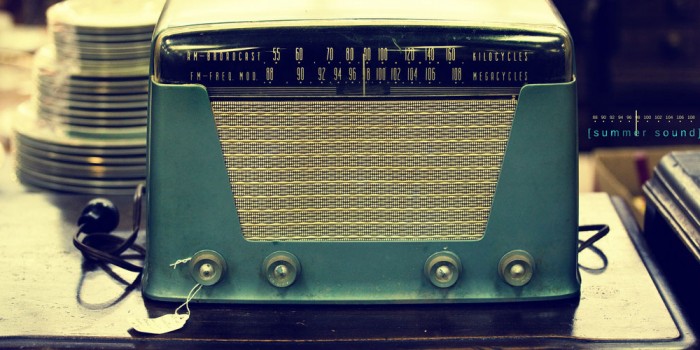Learning from Bus Buddhists
In psychological terms, context is almost everything. Much as we like to think that we know how we will act and react in a given situation, without the richness of...
The Influence of Music in Advertising

Many young children, particularly boys, are obsessed with superlatives. What’s the biggest building, or the longest road; the fastest car, or the most valuable guitar (these are all questions that have been asked in my house).
Fortunately, the internet makes answering such questions easy. And a book of facts and figures (like the Guinness Book of Records) is a guaranteed hit as a present: many hours will be spent marvelling at the information and, entertainingly, every now and then a new piece of trivia is thrown into conversation: a fact grenade to amaze and impress.
One question, perhaps the one that is asked more often than any other, is usually impossible to answer: “Who or what is the best ______?” It could be anything: guitarist, tennis player, runner, swimmer, teacher… It’s apparent that such topics of conversation fuel many a playtime debate.
Of course, the problem is that often there is no easy answer to such a question. The nature of the question is inherently subjective. The best technical guitarist, if such a measurement could be made, may not be the one that most people enjoy listening to. The best tennis player, according to the current rankings, can’t easily be compared with previous generations.
Subjectivity is a problem in marketing circles. Frequently marketing communication, whether advertising, packaging, point of sale material or promotions, are appraised subjectively. Is the new TV ad arty or pretentious? Who’s to say?
Frequently an answer has been acquired by throwing the question at consumers in market research. If you haven’t yet read Consumer.ology suffice it to say that I don’t believe this is any kind of solution at all.
Fortunately, academic researchers around the world are now routinely going beyond what people say and devising experiments that isolate how different elements influence perceptions.
One such study, published this month in the African Journal of Business Management, looked at the highly subjective issue of music in advertising.
In the experiment conducted with Spanish consumers people were played radio ad for a fictitious brand of mineral water and asked about their perceptions of the product, their emotions and their attitude towards the brand. The music used in the ad was varied (but was always instrumental).
Whilst asking about attitudes and emotions isn’t a great way of gauging what people think, the important aspect of the experiment’s design was that each person only heard one version of the fictitious advertisement. In each case the other elements (such as the brand name and words spoken about the product) were exactly the same.
Four ads were used: one had no music, two had unknown instrumental music that varied in tempo and tone and the fourth used Louis Armstrong’s Wonderful World.
Emotional reaction was significantly higher when music was used. The average scores were also higher still when the well-known Louis Armstrong song was playing in the ad.
It seems likely to me that music’s role in an ad is closely linked to the associations it triggers. When a well-known song is used it will have an existing set of powerful associations: once these are activated people listening are more likely to access related thoughts and connect them with the product being featured in the ad.
When the music isn’t well-known, it’s style will still trigger more general associations that are likely to influence the perception of the product or the character of the person used for the voice-over.
Ultimately, if you can create a strong and enduring link between your brand and music (like the Intel jingle) it builds mental equity: we may find the jingle annoying but we will also find it resonating in our minds when we think about Intel (dum dum dum dumb) and that means our brain has an immediate association linked to the brand and, all things being equal, is likely to find itself drawn towards it.
Whilst this might seem like a strange trick for our mind to play on itself, I suspect it is linked to our evolutionary success. We’ve evolved to be wary of risk. Something unfamiliar is implicitly less attractive than something known to be safe. The jingle may well work as a shortcut that tells our unconscious mind it is very familiar with the brand and, in the absence of any harmful memories relating to it, that’s a green light to proceed.
So whilst there may be no way of knowing which is the absolute ‘best’ music to use in your advertising, considering the role you want it to play at an unconscious level can help you make a better choice.
Source: anessa Apaolaza-Ibáñez, Mark Zander, Patrick Hartmann. Memory, emotions and rock ‘n’ roll: The influence of music in advertising, on brand and endorser perception. African Journal of Business Management, 2010; 4 (17): 3805-3816
Image courtesy: Brandon Warren